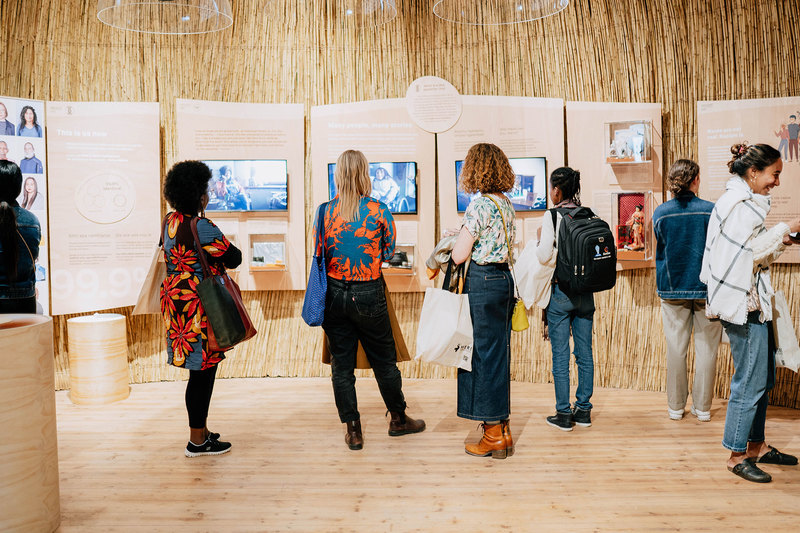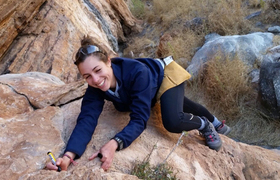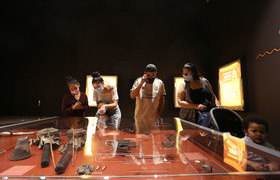‘Humanity’ exhibition reimagines the story of human evolution
22 September 2023 | Story Supplied. Photo Supplied. Read time 4 min.
In Heritage Month, the University of Cape Town’s (UCT) Human Evolution Research Institute (HERI) has collaborated with Iziko Museums of South Africa to host a new exhibition, Humanity, which will open to the public on 28 September.
HERI drives African-led research on human evolution at UCT and across the continent. Curated by Iziko Museum’s Dr Wendy Black, Humanity reimagines the story of human evolution as centred on the diversity of humans today and how we came to be that way. The exhibition is housed at the Iziko South African Museum in Cape Town.
“We are hoping to take visitors on a new kind of journey, one that explores our diversity and how we became who we are today,” said Dr Black. “We are bringing together our future and our past for all of us to share in the present.”
“Africa has shown itself to be the cradle of humanity with the oldest fossil remains of our distant relatives all found there.”
Humanity deliberately de-centres the lone white explorer narrative associated with human evolution, and instead focuses on the rich record of people found in South Africa and Africa. In doing so, it reimagines human origins as a story of intelligence, creativity, and endurance through time.
“Africa has shown itself to be the cradle of humanity with the oldest fossil remains of our distant relatives all found there, and nearly everything we know about early human evolution comes from the African continent,” said HERI co-director, Professor Rebecca Ackermann.
Entering the exhibition is an immersive experience, where walls are shrouded in handcrafted reeds that tower to a star-filled sky. The effect transports visitors from the typical museum space to a place where ancient storytelling – or lessons – seems natural.
Visitors then meet a snapshot of modern humanity through photographs by renowned artist Pieter Hugo, and interviews with several South Africans, including prominent figures like Cape Town comic Marc Lottering. By sharing their story of what it means to be human, the stage is set to move back in time to our deep past.
“In Humanity, human evolution is told as an inclusive story of resilience and adaptability of people.”
This is captured with fossils and artefacts from across the continent – including a wall covered in ancient hand axes – that paint a picture of how biology, technology, and culture have played a part in the emergence of us. Capturing this interconnectedness of the past with the present is a
one-of-a-kind mural from Cape Town street art pioneer and artist Mak1One.
“In Humanity, human evolution is told as an inclusive story of resilience and adaptability of people against the backdrop of change and challenge through time,” said Dr Wayne Florence, Research and Exhibitions director at Iziko Museums.
Humanity is the product of a diverse team of co-creators, which included South African and African researchers, academics, community leaders, living human treasures and representatives from different interest groups. The result is a collaborative effort to decolonise the exhibit, where ownership of the narrative is truly African.
Acting chief executive officer of Iziko Museums of South Africa, Dr Bongani Ndhlovu, noted, “Through Humanity, Iziko Museums aims to further encourage critical reflections and ownership of humanity’s rich history and heritage and to inspire a new generation of storytellers. The exhibition forms part of a series of projects that Iziko Museums has in preparation for its bicentenary in 2025. We invite members of the public to engage with it and to give the museum their feedback.”
 This work is licensed under a Creative Commons Attribution-NoDerivatives 4.0 International License.
This work is licensed under a Creative Commons Attribution-NoDerivatives 4.0 International License.
Please view the republishing articles page for more information.










